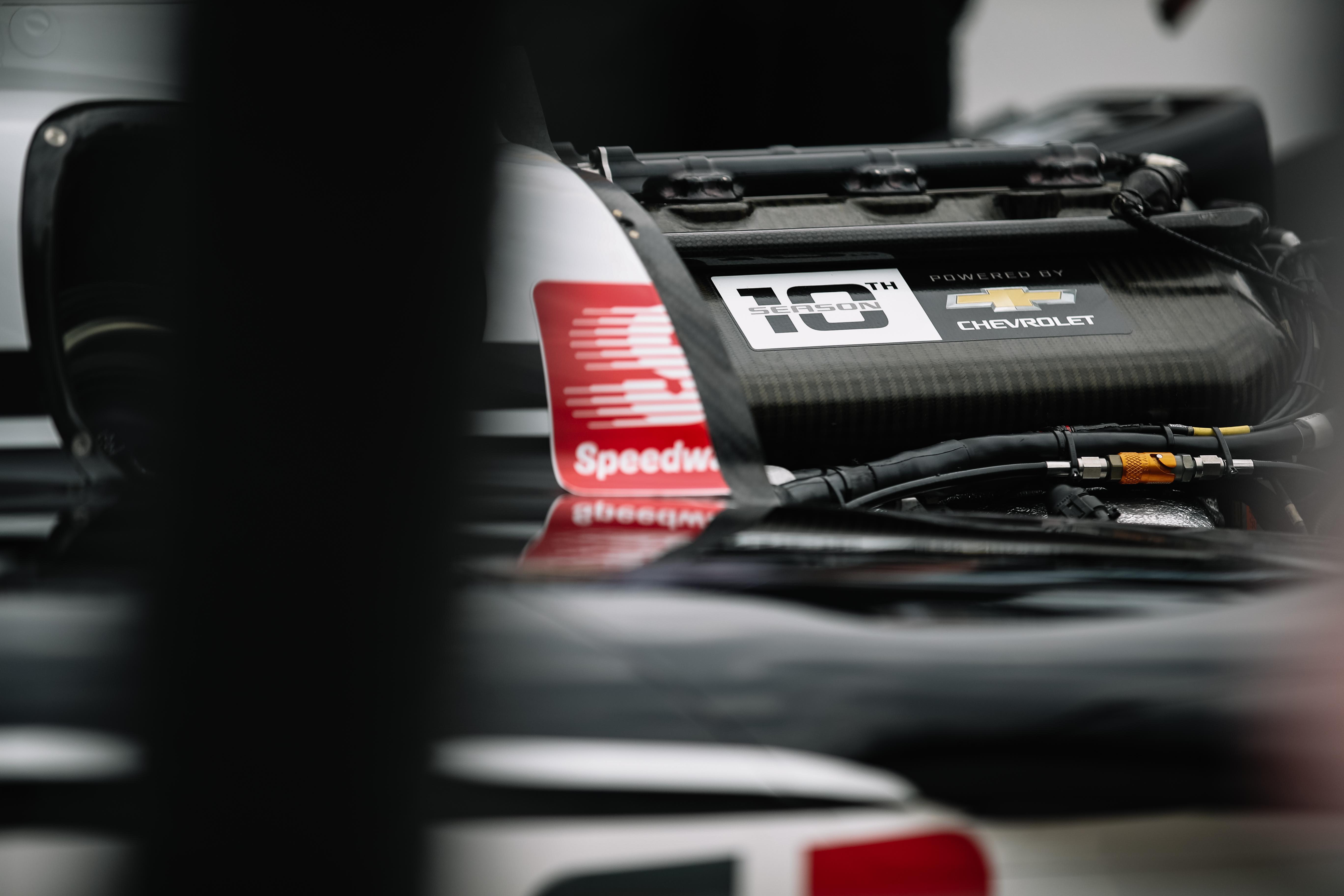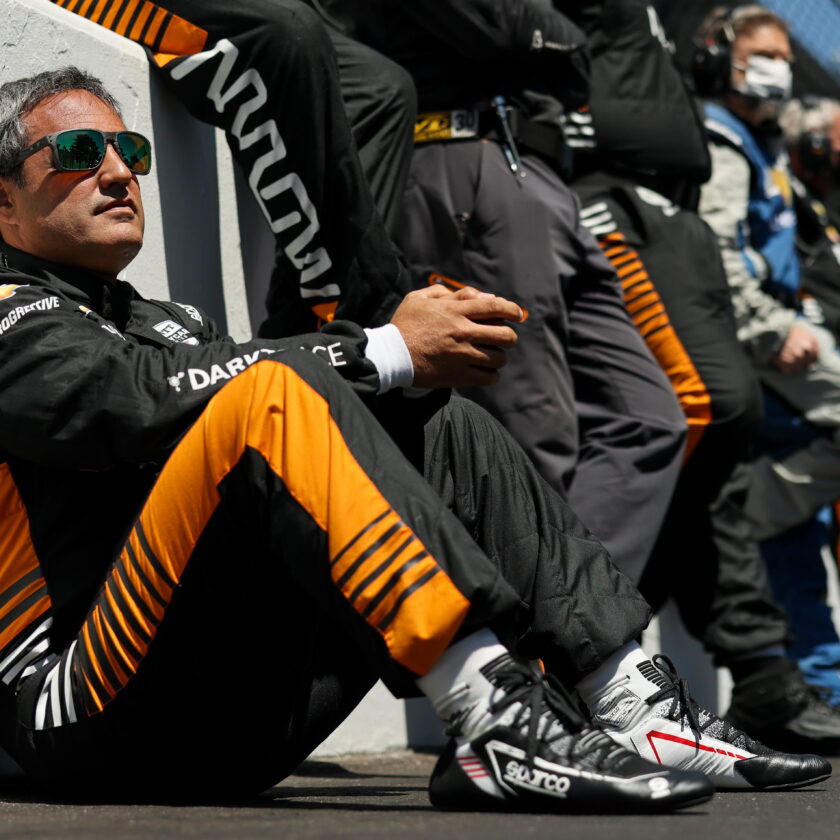The NTT IndyCar Series has chosen to postpone the new engines with hybrid systems until 2024.
This its not the first time, that the plans for a new drive line has been pushed back.
The current engine programme has been running since 2012, when the DW12 chassis was introduced. There had only been very few changes to the 2,2 liter engines since then, with Honda and Chevrolet only being allowed to improve reliability, and make the power curves plus the fuel consumption as equal as possible.
Hybrid systems is a buzzword within the car industry, where everybody wants to make things as green as possible.
The IMSA WeatherTech SportsCar Championship is also introducing hybrid systems to their new cars, which should have been on the track in 2022, but that had to be delayed until 2023, with the COVID-19 situation putting a lot of things on hold. Their teams haven’t even received the hybrid parts yet.

Photo: Indycar.com
Indycar will have a new 2,4 liter engine alongside the hybrid systems. It will remain a twin turbo V6, produced under the Honda and Chevy brands. The cars will have 800 bhp in their basic running, and another 100 bhp from the hybrid part. The exact details about when and how the extra power can be used, is still yet to be announced. The current Push2Pass system, which brings another 50 bhp to the engines, is made by increasing the turbo boost. But that is limited to typically 150 seconds in a race, so the drivers have to use it as a tactical tool. The extra turbo boost also increases fuel consumption slightly, which isn’t the case about the hybrid – that is “free” horsepower.
There is no news yet regarding a change of the DW12 chassis. There has been talks about introducing the engines in one year, and the chassis in the following year, since the manufacturers believe that they have space enough in the engine bay, for the batteries and electric motor, plus the added capacity of 0,2 liters. But it won’t be an easy task, since there needs to be added safety around the batteries, in case of a fire or accident – and that takes up space and weight as well. The cars are already a lot heavier now, compared to their initial weight in 2012, since there has been put extra safety into the chassis. There are cockpit intrusion panels, so the suspension can’t get into the car, like we saw with the James Hinchcliffe accident at Indy 2015, where he was trapped in the car. The Aeroscreen was introduced in 2020, which made the cars a lot heavier too – but also so much safer.
The first tests of the new 2,4 liter engines will happen at Sebring International Raceway on 30 and 31 March of 2022, while the hybrid system integration will happen later this year, according to the current schedule.



